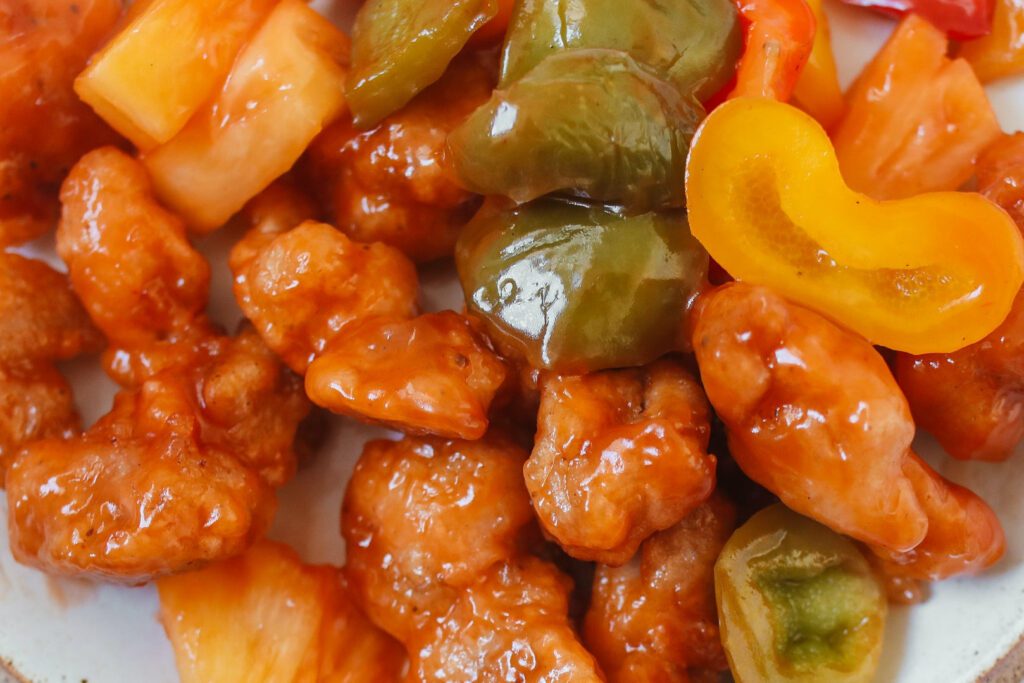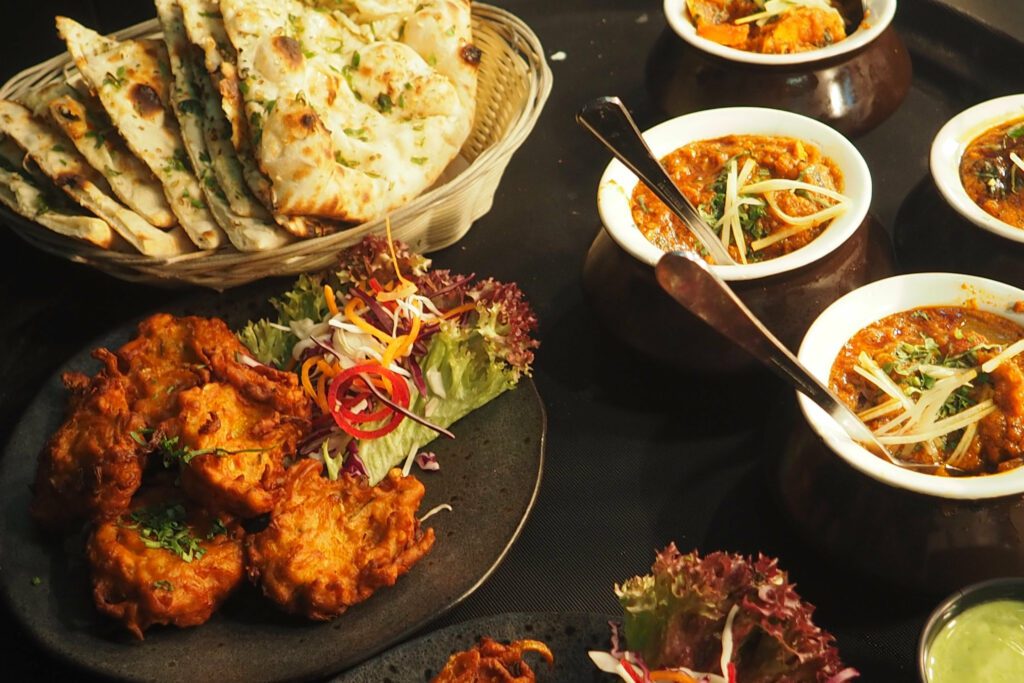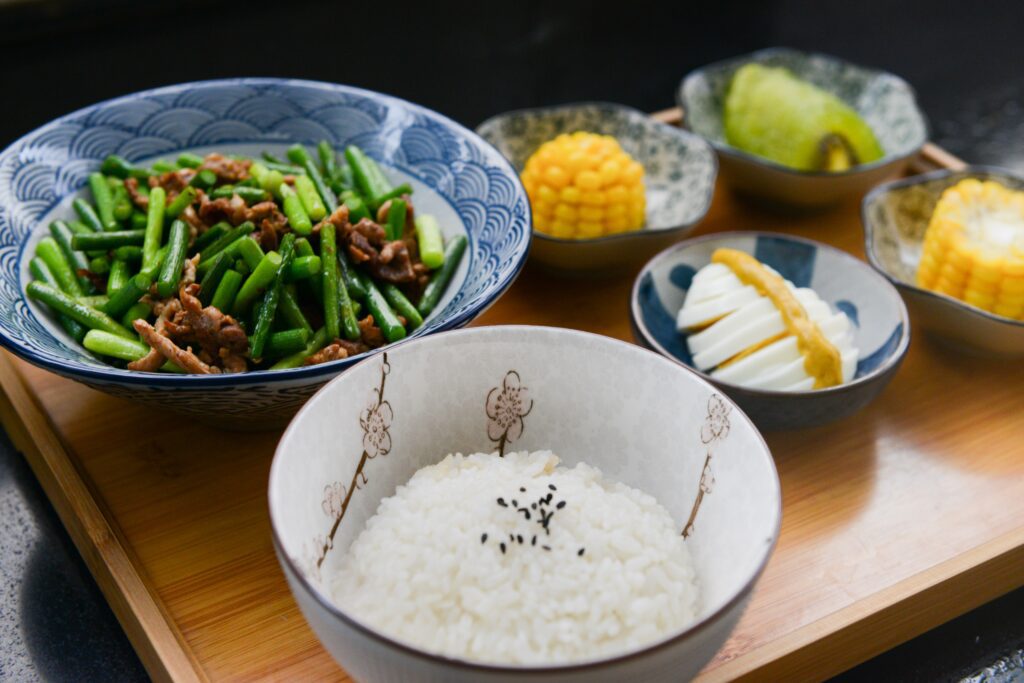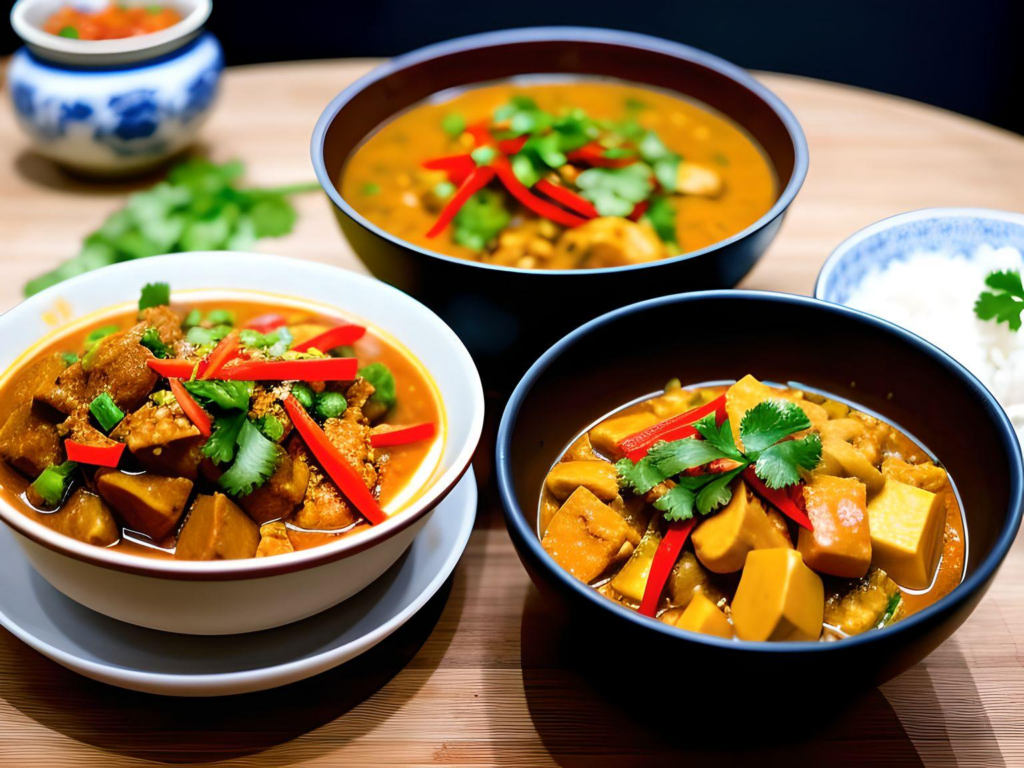Unveiling the Secrets of Chinese Cookery for Beginners
When I reminisce about the first time I encountered Chinese food in the UK during the 1970s, I’m reminded of its lack of appeal. Everything was drenched in a monotonous sauce, tainted by the overpowering presence of monosodium glutamate. This so-called “flavor enhancer” turned out to be anything but. However, the 1980s ushered in a new era of Chinese cuisine, marked by its vibrancy and regional diversity. This transformation, though, came with a caveat – the revamped restaurants were notably pricier than their bland predecessors. The desire to bring the magic of Chinese flavors into my home sparked within me, but I was clueless about where to commence this culinary journey. Then, like a serendipitous answer to my culinary prayers, Ken Hom, the Cantonese-American chef, graced the screen through a BBC TV series.

Ken Hom brought Chinese cuisine to life, unraveling its complexity and offering alternatives when sourcing ingredients became a challenge. His book, “Ken Hom’s Chinese Cookery,” became my cooking bible, complete with pages stained with the traces of my culinary escapades.
In the spirit of sharing the joy of Chinese cooking, I’m here to acquaint you with the foundational equipment, ingredients, and techniques that will empower you to create simple yet delectable dishes in your own kitchen. Are you ready to embark on a culinary voyage that intertwines tradition with innovation? Let’s dive in!
Equipment
The Mighty Wok: Your Gateway to Authentic Chinese Cooking
To set foot on the path of Chinese culinary exploration, you need nothing more than a trusty knife and a wok. Woks come in myriad shapes and sizes – non-stick, flat-bottomed, and even electric – yet my heart remains loyal to the carbon steel wok of yore. This Pau wok is a timeless gem with its rounded bottom and single wooden handle. Found abundantly in Chinese supermarkets, it offers affordability without compromise. However, before your wok is ready for action, it requires seasoning. Scrub away any traces of machine oil with a gentle cream cleaner, ensuring a spotless canvas. Place the wok over low heat, rub its interior with two tablespoons of cooking oil using kitchen paper, and let it gradually heat for 10 to 15 minutes. Wipe the wok’s interior with kitchen paper, observing it turn charcoal-black. Repeat the process until the paper emerges clean, signaling your wok’s readiness. Post-cooking, wash the wok only with water, no detergent, and dry it over low heat. A dab of oil post-cleaning can ward off rust. Remember, a simple scrubbing and re-seasoning will suffice if rust sneaks in.
In addition to the wok, embrace a wok stand, especially if your kitchen houses an electric hob. This stand offers stability when braising or deep-frying. A spatula, slice, or slotted spoon, crafted from metal for a metal wok or plastic/wooden for a non-stick wok, serves as your culinary wand.

Embracing the Palette of Ingredients
Flavors
Before embarking on a supermarket spree, remember that certain ingredients don’t weather well with neglect. Start by selecting a simple dish from your chosen cookbook. Acquire the essentials for your culinary adventure and gradually expand your repertoire as you tread further.
Your culinary arsenal will feature staple ingredients, including dark and light soy sauce, a range of cooking oils, sesame oil, cornflour, and rice wine or sherry.
Techniques
Stir-Frying
Stir-frying stands at the forefront of Chinese culinary techniques, celebrated for its agility and speed. With its expansive surface (a minimum of 14 inches diameter with deep sides), the wok assumes the role of a culinary maestro, orchestrating quick cooking par excellence. Unlock the secret to super fast stir frying – prepare all your ingredients in advance.
Slice meat and vegetables per the recipe, aiming for thin strips and uniform shapes. Consider diagonal cuts for elongated vegetables like spring onions or carrots, amplifying their surface area for swift cooking. Lay out the sauce components – if the recipe calls for simultaneous addition, gather them in a single bowl. Ensure you vigorously stir the cornflour before introducing it to the ensemble.
With all elements primed, transform your wok into a searing canvas. Heat it until it’s scorching, then infuse oil while evenly distributing it using your chosen utensil. The wok’s temperature should border on smoking – a safeguard against greasiness. Exceptions arise when seasoning your oil with garlic, chili, spring onions, ginger, or salt, as these may scorch if the oil is too hot.
Introduce the prepared ingredients in the sequence prescribed by the recipe. Toss, flip, and whirl them across the wok’s surface, ensuring no ingredient lingers in one spot for long. Shift food from the wok’s heart to its edges, sustaining the kinetic energy of cooking. It might be a good idea to wear a protective apron, as the high temperature occasionally engenders sizzling projections.

Deep Frying
While your wok doubles as a deep-frying arena, caution is paramount. Ensure your wok is securely balanced on a stand and never leave it unattended. Though a wok requires less oil than conventional deep fryers, they might be safer and more user-friendly.
Prelude to deep-frying involves ensuring the oil attains the ideal temperature. Drop a morsel of prepared food or a bread cube into the oil – if it erupts in sizzling bubbles, your oil is ready.
Meticulously pat dry the food slated for deep-frying on kitchen paper, ensuring it’s free from marinades. This preemptive step thwarts spattering.
Shallow Frying
Melding with Western culinary practices, shallow frying entails cooking one side of the food, then the other, with the extraneous oil drained before incorporating the sauce ingredients.
Steaming: The Elegance of Gentle Heat
Steaming, an integral facet of Chinese cuisine, offers multiple avenues. The bamboo steamer within a wok, a heat-proof plate atop a rack, or a conventional European steamer all pave the path for succulent creations.
For bamboo steaming or plate usage, kindle a simmer beneath your wok, positioning your rack within. The bamboo steamer can perch atop the wok’s sides without touching the water. If you opt for a plate or conventional steamer, ensure the water level sustains about 2 inches. Steady your plate or steamer upon the rack, and cover your contraption. Monitor periodically, topping up the water with preheated liquid if needed.
Adhering to either method guarantees your food remains above water’s reach, preserving its exquisite texture.
Braising: The Tender Art of Culinary Excellence
Mirroring Western culinary customs, braising tenderizes robust meat cuts, gently coaxing them in a flavored broth. This gives the food a Red-brown colour; this braising sauce can also be frozen and reused. Learn about braising here.
In Conclusion: Embark on Your Chinese Culinary Adventure
Armed with these insights, you’re all set to dive into the realm of Chinese cooking. Equipped with essential techniques, fundamental equipment, and a variety of flavorful ingredients, your kitchen is now the stage for crafting remarkable dishes that pay homage to the rich tapestry of Chinese cuisine. Whether mastering the art of stir-frying, looking into the world of deep frying, or exploring the delicate finesse of steaming, you’re well-prepared to create culinary wonders that connect traditions and transcend boundaries. As you relish each bite of your homemade Chinese creations, may your appetite for exploration continue to fuel your culinary journey. Enjoy your culinary adventure!

